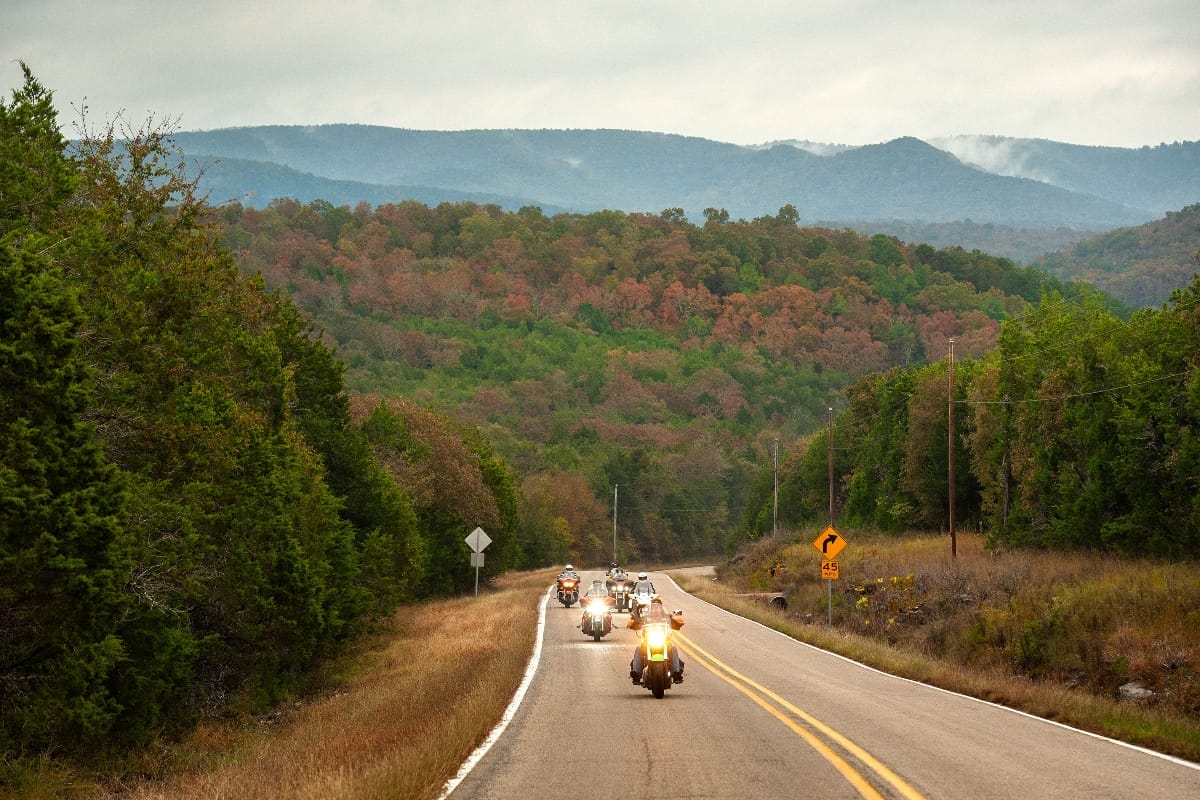

Uh oh...
It appears that you're using a severely outdated version of Safari on Windows. Many features won't work correctly, and functionality can't be guaranteed. Please try viewing this website in Edge, Mozilla, Chrome, or another modern browser. Sorry for any inconvenience this may have caused!
Read More about this safari issue.

When the first settler arrived in northern Arkansas around 1810 and found a hilly plateau within the Ozark Mountains, he named it Rapp’s Barren. The name referred either to Henry Rapp or Simeon Talbert, with both credited with being the first settlers in the area. Fortunately, this name didn’t stick, as those who have been to Mountain Home know it is anything but barren. Instead, this area of northern Arkansas has rolling green hills, the White River, and two beautiful lakes, although the lakes didn’t exist in the 1800s.

Mountain Home has its roots in education. In the 1850s, it was the location for a male and female academy that attracted many students to the region, and the school ran until the Civil War. Education returned after the war with the founding of Mountain Home Baptist College, which offered students a broad education and included Greek and French classes. When this school closed during the Great Depression, the area had to wait over 60 years for the next large educational institution. Arkansas State University opened a campus in Mountain Home in 1995, and it still serves around 1,500 students each year.
Even with the student population in the nineteenth and twentieth centuries, Mountain Home remained relatively isolated and unknown to those outside the area until the 1940s, when two federal projects changed the community forever. The Flood Control Act of 1938 funded the building of dams, levees and other flood control measures throughout the United States. In Arkansas, the White River was identified as an important river to control. Over the next twenty years, five dams were built on the river, with two built near Mountain Home. These dams created Bulls Shoals Lake and Norfork Lake. Mountain Home shifted from a quiet community to the site of the largest lake in Arkansas. Bull Shoals Lake has over 1,000 miles of shoreline. Nearby Norfork Lake has 550 miles of undeveloped shoreline.
With the creation of two lakes and the White River, Mountain Home began to draw vacationers and retirees from outside Arkansas, and the city transformed into a destination in northern Arkansas. Over the years, Mountain Home has grown into a thriving small town and is known as the Twin Lakes Region. Although the town has grown out of its original name, Rapp’s Barren, it still maintains plenty of open green areas and beautiful places to visit.

Quick Guide to Mountain Home
Grab Your Cup of Coffee: Get your caffeine fix at these local coffee shops in Mountain Home – Cove Coffee, Brewed Awakening, Denbro Coffee & Custard or The Rabbit Hole Coffeehouse and Brew.
Unique Shopping: Find fun souvenirs, antiques and funky flashbacks at Flashbacks Retro Shop, Mystic Forest, and Red Star Antiques.
Get On The Water: Norforklakefun.com features marinas, camping, water sports, marinas and more on Norfork Lake. Bullshoals.com offers a wealth of information on fishing guides, marinas, lodging, and water sports. You can also access information about the White and Buffalo Rivers and the area in general. Find a place to camp, rent a boat, or take your kayak.
Don’t Miss: Bull Shoals-White River State Park for camping, hiking and fishing in the area, and the James A. Gaston Visitor Center in nearby Bull Shoals for information about the lake, Bull Shoals Dam, and the White River. Enjoy the scenic overlook from the observation tower.
Off the Beaten Path: The Jacob Wolf House is about 12 miles south of Mountain Home and is the last remaining two-story dog-trot house in the country. The house was built in 1829 and served first as the Izard County Territorial Courthouse before reverting to the Wolf family home. Visit the house Tuesday through Saturday for a step back in time.
Medical Emergency: Mountain Home is home to Baxter Regional Medical Center, which serves the substantial retiree population and Baxter County.
Fun for Families: Cooper Park in Mountain Home has an outdoor swimming pool, walking trail, and basketball and tennis courts. The Donald W. Reynolds Library serving Baxter County has programming for all ages. Bull Shoals Caverns in nearby Bull Shoals offers guided tours through one of Arkansas’s most famous caves.
How to get to Mountain Home: Mountain Home sits on Highway 412, 120 miles east of Fayetteville and roughly the same distance west of Jonesboro. From Little Rock, the city is 150 miles on US-65 North.
Whether you’re visiting the Twin Lakes region or considering a move, Mountain Home is a beautiful Arkansas city with a lot to explore.
We do the work.
You check your email.
Sign up for our weekly e-news.
Get stories sent straight to your inbox!










Like this story? Read more from Kimberly Mitchell
The American Black Walnut is a unique nut for many reasons, and Arkansas...
The Razorbacks are famous across Arkansas and beyond. Many sports fans...
Women’s volleyball has become a central sport in Arkansas, deeply...
Join the Conversation
Leave a Comment